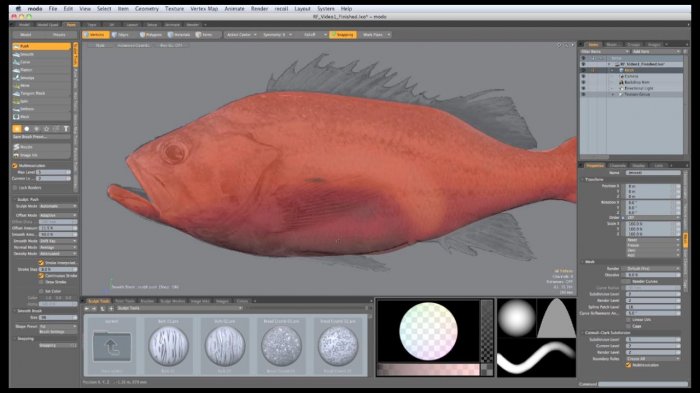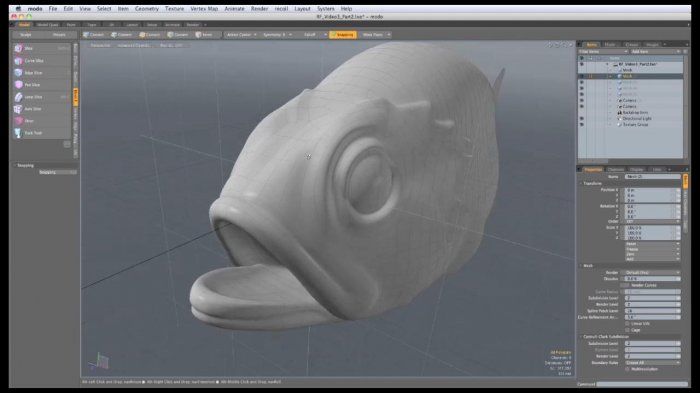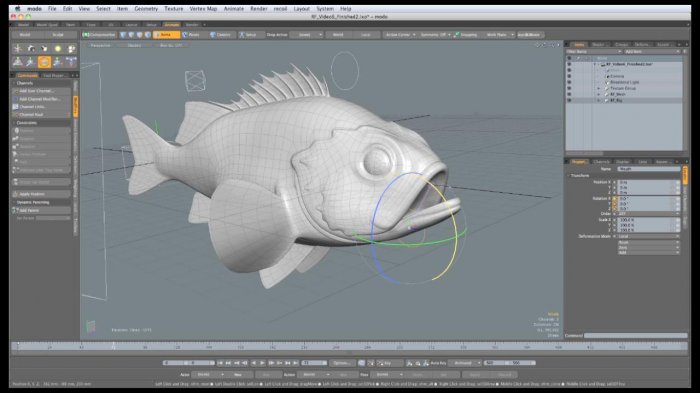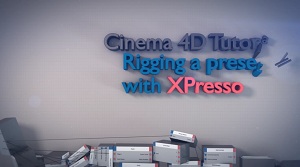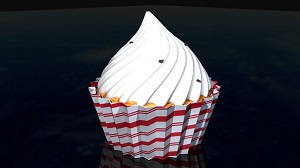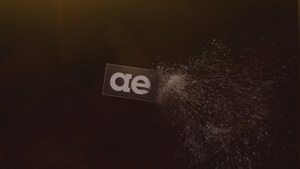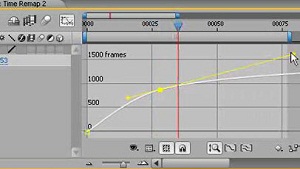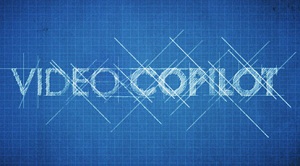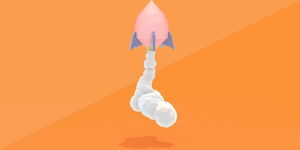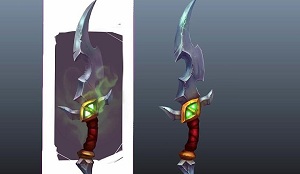Video Segment 1 (35m 10s)
Video 1 starts the project by re-using an existing mesh. The shape of this is then edited using many of modo's fast polygon editing tools, as well as falloffs and edge tools, to create a starting point, or base mesh, for our Rockfish model. With this base mesh defined we then use modo's multi-resolution meshes and sculpting tools to sculpt the details of the fish including the gills, eyes and mouth.
Video Segment 2 (29m 47s)
Video 2 takes the model that was created in the first video and rebuilds it so that it can be easily textured and animated. Using many of the new Re-Topology tools in modo 601, including extensive use of the Topology Pen, we rebuild the surface so the polygons correctly define the details of the fish, and are aligned in such a way so that they will deform naturally when the model is moving.
Video Segment 3 (39m 47s)
In video 3 we complete geometric modeling using modo 601's powerful polygon modeling toolset to add some subtle details to the model and build the eyes and fins. Great attention is payed to the structure of the polygons and the continuity of the surface. Along the way we have the opportunity to utilize Action Centers and the Workplane as well as other key tools that underpin modo's polygon modeling workflow.
Video Segment 4 (25m 10s)
We may have created all the polygons but we haven't finished the modeling. In video 4 we use Photoshop to paint image maps that apply transparency and displacement to the fins in order to reproduce their thin, ragged and spiny appearance. In order to do this we must first UV the model. Using modo's beautifully integrated UV toolset we create the UVs necessary to not only create the displacement and transparency, but also UVs that can be used in other elements of the texturing process.
Video Segment 5 (35m 14s)
One of the most appealing things about a Rockfish is its bright and vivid coloration. In this video we paint and texture the fish in an attempt to re-create it. We start by using modo's replicators to build and bake a brush that we can use to paint the fish scales. We then use that image to modulate the application of layers of color which we eventually bake into a final color map.
Video Segment 6 (52m 53s)
With the model complete we can now make it move. In video 6 we use a wide variety of modo 601's new rigging tools to rig the fish for animation. We use a combination of joints, transform deformers, falloffs, morphs and relationships to get the fish to swim believably. One of the most challenging aspects of this project is how to animate the fins, so in the second half of this video we explore how to use Recoil Soft Bodies to simulate a swimming motion.
Video Segment 7 (37m 9s)
Almost complete but fish need something to swim in. Our final video covers building, texturing and animating a simple underwater environment. We sculpt a seabed and then use Recoil Rigid Bodies to place rocks in natural formations around it. We then texture the environment with volumetrics, caustics and particles, and finish the project by looking at how we can set the scene up to output useful passes to a compositing application like NUKE.
- Целостный курс, включающий скульптинг, моделирование, раскрашивание, ретопологию, риггинг и анимацию морского окуня. Самое главное в этом курсе - это возможность продемонстрировать инструменты программы Modo, позволяющие спокойно переходить от решения одной задачи к другой в рамках одного проекта.
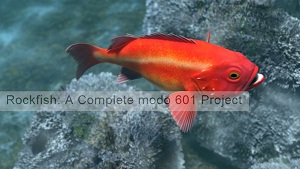 Сайт производителя: www.luxology.comГод выпуска:
Сайт производителя: www.luxology.comГод выпуска: 2012
Автор: Andy Brown
Язык: Английский
Качество: хорошее (HD)
Размер: 1,35 гб
Продолжительность: 4 часа 12 минут
Файлы примеров: присутствуют
Используемый софт: modo 601
 Сайт производителя: www.luxology.com
Сайт производителя: www.luxology.com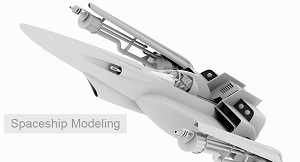 Моделирование космического корабля в Modo 501
Моделирование космического корабля в Modo 501
![[cmiVFX] Техники ретопологии в Luxology Modo](/uploads/posts/2013-01/1359457430_fin.jpg) [cmiVFX] Техники ретопологии в Luxology Modo
[cmiVFX] Техники ретопологии в Luxology Modo
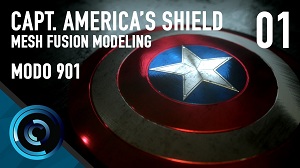 Щит Капитана Америка - моделирование в Modo 901
Щит Капитана Америка - моделирование в Modo 901
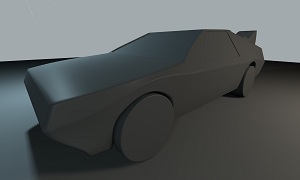 Вес Ребра (Edge Weights) в Modo
Вес Ребра (Edge Weights) в Modo
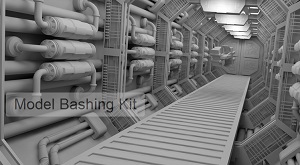 Model Bashing Kit for Modo
Model Bashing Kit for Modo
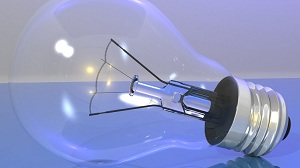 Моделирование лампочки в Modo
Моделирование лампочки в Modo
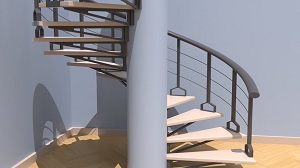 Как моделировать винтовую лестницу в Modo?
Как моделировать винтовую лестницу в Modo?
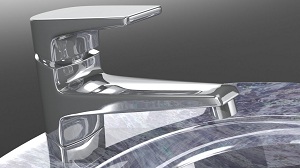 Моделирование смесителя в Modo
Моделирование смесителя в Modo
